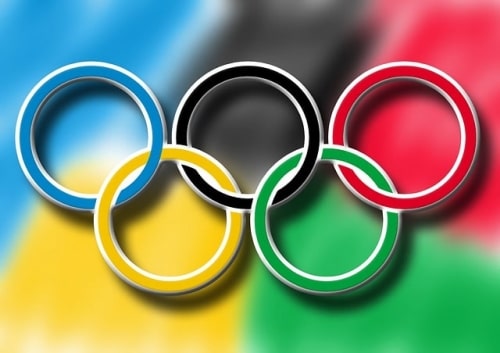Olympic Volleyball Rules

Volleyball is a popular sport played around the world, with the Olympic Games being one of the most prestigious competitions. The rules of Olympic volleyball are governed by the International Volleyball Federation (FIVB), which has set specific regulations for the sport to ensure fair play and safety of the players. In this article, we will cover everything you need to know about the Olympic volleyball rules, including the court dimensions, scoring system and player positions.
Court Dimensions
The court for Olympic volleyball is 18 meters long and 9 meters wide. It is divided by a centerline into two equal halves and each half is further divided into two equal parts by attack lines. The attack lines are located 3 meters from the centerline and they mark the area where players are allowed to jump and attack the ball. There is also a service zone, which is located behind the end line and extends 9 meters from the net.
Teams and Players
Each team in Olympic volleyball consists of six players on the court, with a maximum of 12 players on the roster. The players are assigned specific positions, including three front-row players and three back-row players. The front-row players are responsible for attacking, blocking and defending, while the back-row players are responsible for receiving and digging.
Scoring System
Olympic volleyball uses the rally scoring system, which means that a point is awarded to the team that wins each rally, regardless of which team served. The first team to score 25 points and have a two point lead wins the set. If the score is tied at 24-24, the set continues until one team has a two point lead.
Serving
The server must stand behind the end line and hit the ball over the net into the opponent’s court. The server is allowed to serve from anywhere behind the end line and they must serve within eight seconds of the referee’s whistle. If the serve hits the net but lands in the opponent’s court, it is considered a legal serve and play continues.
Rotation
The players on each team rotate clockwise after winning a rally and earning the right to serve. The player in the back-right position moves to the back-center position and then to the front-row positions, while the other players move clockwise accordingly. The rotation ensures that each player gets to serve and play in all positions.
Faults
There are several faults that can occur during a volleyball match, including:
Challenges
Each team is allowed two challenges per set to challenge the referee’s decision. Challenges can be made for specific calls, such as ball in or out, touch, net fault, foot fault or antenna fault. If the challenge is successful, the team retains their challenges. If the challenge is unsuccessful, the team loses their challenges for the set.
Conclusion
The rules of Olympic volleyball are designed to ensure fair play and safety for all players. From the court dimensions to the scoring system and player positions, every aspect of the game is carefully regulated to ensure a level playing field. Whether you are a player or a spectator, understanding the rules of Olympic volleyball can enhance your appreciation and enjoyment of the sport.
FAQs


